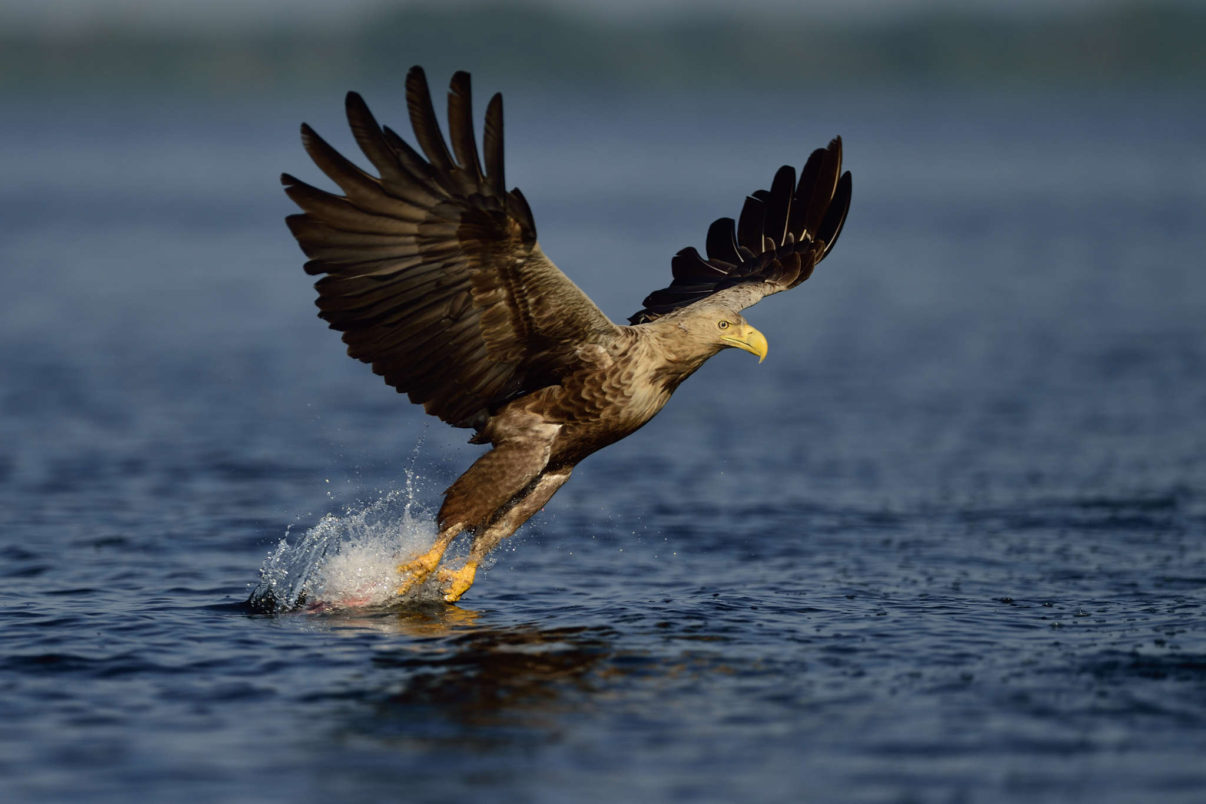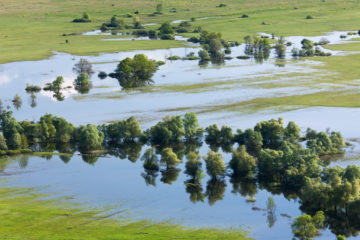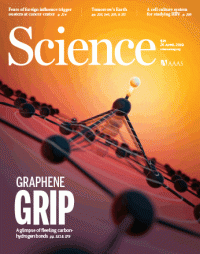In the current issue of leading journal Science, an international team of researchers calls for a shift toward the dynamic, process-led restoration where nature takes much more care of itself. They present a science-based framework for rewilding as an effective way of helping degraded ecosystems regenerate and sustain themselves.

Dynamic measures
In the scientific publication the team of researchers, led by Martin Luther University Halle-Wittenberg (MLU) and the German Centre for Integrative Biodiversity Research (iDiv) Halle-Jena-Leipzig, calls for a paradigm shift towards novel, dynamic and process-oriented approaches to restoring ecosystems, rather than aiming to maintain or restore particular ecosystem states characterized by predefined species composition. Such approaches recognize ecosystems as dynamic systems whose future development cannot always predicted.
Restoring functionality
Nature has been severely affected around the world by the construction of cities, roads and factories as well as intensive farming, fishing and forestry practices. Entire ecosystems have been destroyed, resulting in a continuous decline in biodiversity.
“As a result, many ecosystems are no longer able to perform important tasks such as flood regulation,” says Professor Henrique Pereira of MLU and iDiv. For several decades, numerous initiatives have been taken around the world that aim to restore nature. An increasingly well-known approach is rewilding.
“Rewilding focuses on the ecosystem as a whole and attempts to restore its functionality through targeted measures, allowing the ecosystem to sustain itself with little or no human management,” explains lead author Andrea Perino, who is working on her doctorate in Pereira’s research group. At the same time, rewilding also serves to make the aesthetic and intangible value of nature accessible to people.
Shifting the approach
In their article in “Science”, the researchers present an approach on how to plan and carry out rewilding initiatives. Above all, they call for a shift in perspective: there is no one ideal ecosystem that can be created through specific measures.

Instead, it is much more important to examine the functions of the respective ecosystem, analyse the disturbances in this system and derive a range of measures to restore the processes that have been disrupted, while at the same time minimizing human intervention.
In a floodplain landscape, for example, this could be achieved by removing dykes or dams that are no longer needed, thereby allowing natural flooding again to shape the landscape. Apart for restoring the river system and it functions, it also increases flood protection, climate change adaptation and recreational and economic potential in such new river forelands.
Local involvement
It is important to see rewilding initiatives within the local context, and factor in geographical, cultural and social possibilities. “Rewilding projects must always involve the local communities and stakeholders,” explains Perino. Otherwise, the projects will have no chance of success.

The researchers refer to the large-scale reflooding and rewetting that has taken place in the Oder Delta, one of Rewilding Europe’s rewilding areas where this approach is being taken with very positive results. Many animals live here in the wild, including white-tailed eagles, European bison and beavers. A vibrant nature tourism industry has developed in the area in recent years. “This is a good example of how rewilding can create both environmental and social benefits,” says Perino.
A compromise always needs to be made between what is theoretically possible and what is actually feasible. Not every region is suitable for all rewilding measures: “It is not about directing all your energies towards the specific objective of creating an ideal ecosystem. Ecosystems are dynamic and therefore measures also have to be dynamic”, she concludes.
Read more
- Science article ‘Rewilding complex ecosystems’.
- How Rewilding Europe puts rewilding into practice.
- Oder Delta rewilding area.
